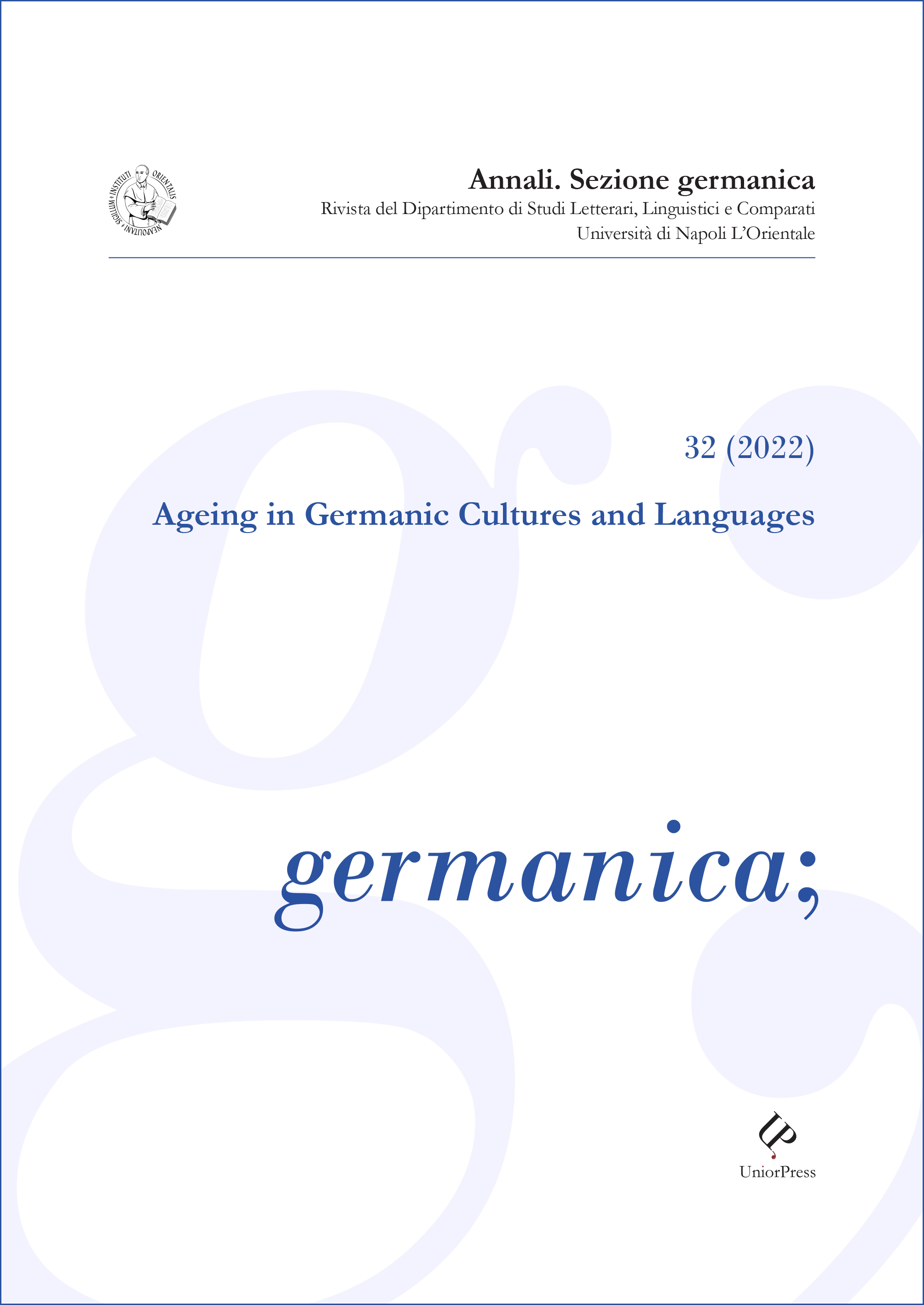Ageing and Myths of Rejuvenation: Iðunn’s Apples and Springs of Youth in Old Norse Literature
Abstract
Miti legati alla possibilità di tornare indietro nel tempo osteggiando l’età che avanza sono presenti in quasi tutte le culture del mondo. Divinità ed esseri semi-divini si presentano in veste di donatori di oggetti magici (anelli, gioielli, frutti - in particolare mele, ecc.) o di elementi come fuoco e acqua, in rituali e storie che spesso affondano le radici in tradizioni classiche e orientali. La Medea di Euripide e di Ovidio usa erbe, incantesimi e fuoco per ringiovanire Esone e Pelia. La fonte della giovinezza invece appare più tardi, nei romanzi cavallereschi medievali che attingono il mito da Oriente (la fonte è sempre collocata in Asia, secondo una tradizione diffusa in Europa attraverso la Lettera del Prete Gianni). Nella mitologia norrena le mele d’oro di Iðunn (una dea custode di un orto dove crescono i frutti magici che puntualmente offre agli dei) sono potenti mezzi per contrastare l’età, perciò ambiti dai giganti che ordiscono il rapimento della dea.
Copyright (c) 2023 Maria Cristina Lombardi

This work is licensed under a Creative Commons Attribution-NonCommercial-NoDerivatives 4.0 International License.
Gli autori che pubblicano su questa rivista accettano le seguenti condizioni:
- Gli autori mantengono i diritti sulla loro opera e cedono alla rivista il diritto di prima pubblicazione dell'opera, contemporaneamente licenziata sotto una Licenza Creative Commons che permette ad altri di condividere l'opera indicando la paternità intellettuale e la prima pubblicazione su questa rivista.
- Gli autori possono aderire ad altri accordi di licenza non esclusiva per la distribuzione della versione dell'opera pubblicata (es. depositarla in un archivio istituzionale o pubblicarla in una monografia), a patto di indicare che la prima pubblicazione è avvenuta su questa rivista.
- Gli autori possono diffondere la loro opera online (es. in repository istituzionali o nel loro sito web) prima e durante il processo di submission, poiché può portare a scambi produttivi e aumentare le citazioni dell'opera pubblicata (Vedi The Effect of Open Access).

